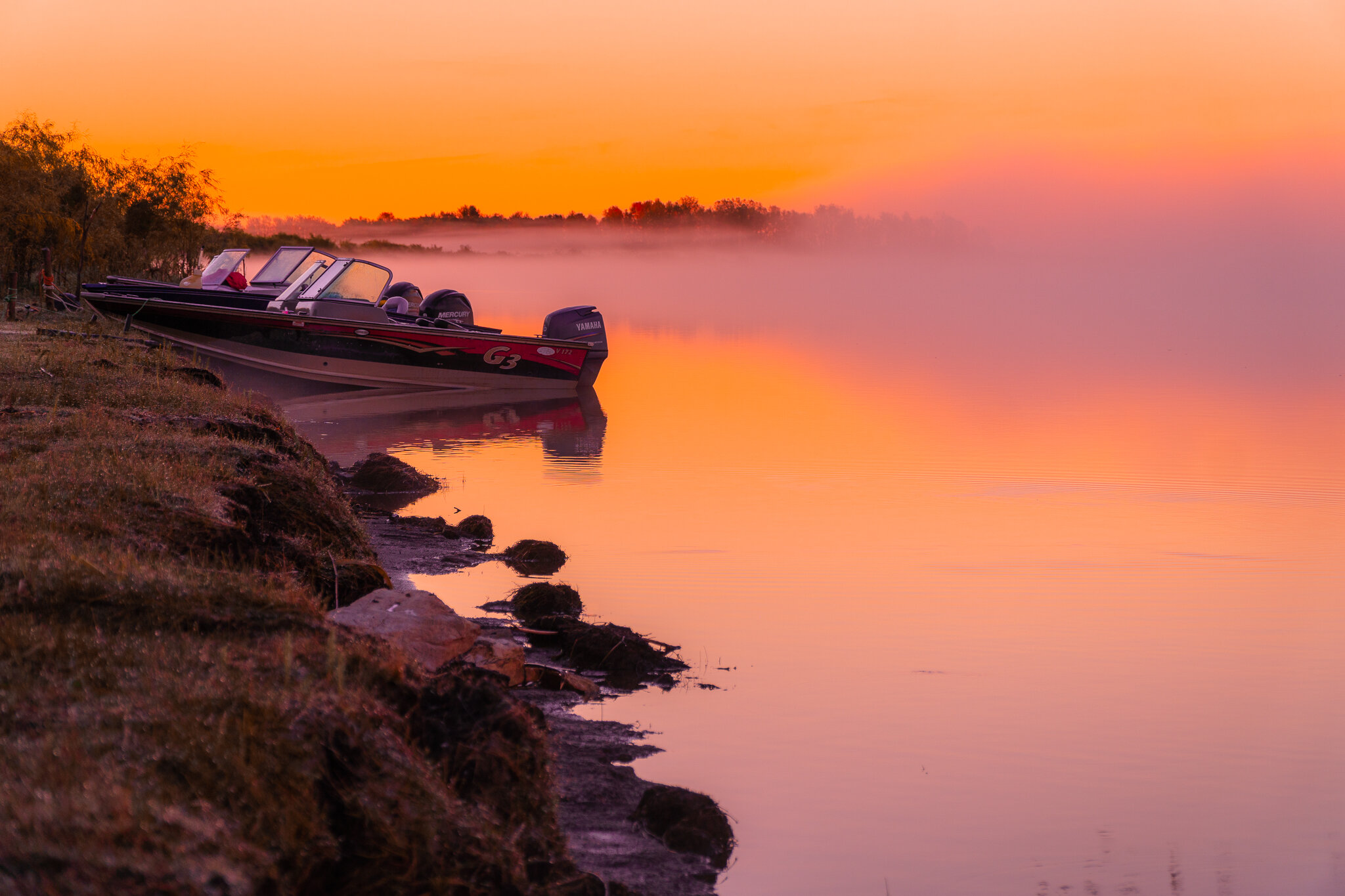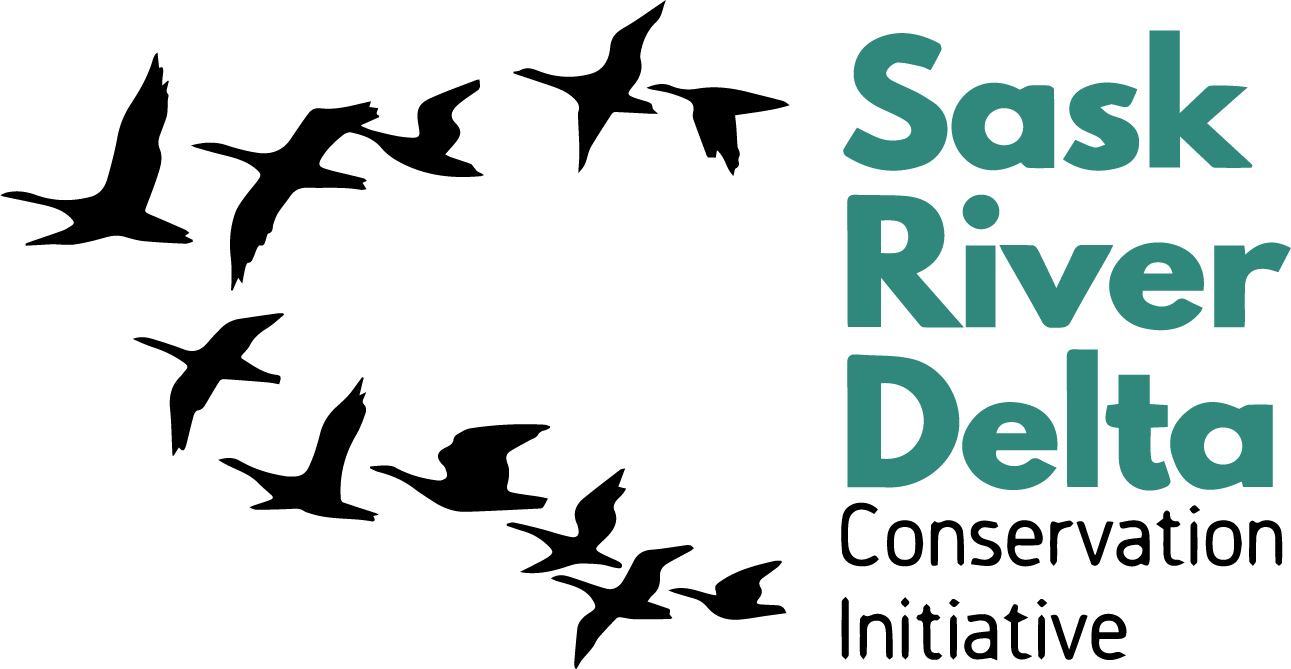
There are over 7,000 years
of culture and tradition
embedded within the Saskatchewan River Delta.
The landscape encompasses Treaties 5, 6 & 10 and is the traditional territory
of the Cree and the homeland of the Métis.
To this date, local Indigenous communities continue to live as part of the land.
Their culture and their lifestyles are as much a part of the Delta as the water itself.

To many, the land and waters are a source of livelihood. Families rely on the beautiful landscape for physical, emotional, spiritual, social, and cultural health.
People are part of the ecosystem.
Local members of Cumberland House Cree Nation remember what the Delta was like before there were major human-made changes to the area. They remember what it was like to live off the healthy water, land, and sky.
Since the 1670s, life in the Delta has been impacted by European settlers in some shape or form.
Click to enlarge

The flourishing landscape of the Delta offers livelihood and valued resources.
These gifts of the land are appreciated both by locals and by industries worldwide.
They are a source of sustenance for many living in the Delta.
Traditional Use
Locals create a lifestyle around hunting, fishing, trapping, and gathering. From this, animal skins are used locally for clothing. The Delta provides sustenance for humans. Fish, wild rice, waterfowl, berries, fiddlehead, ferns, moose, elk, woodland caribou, mushrooms, and more.
Natural Experiences
The Delta is one of very few natural places that remain intact. Breathing the clean air of the Delta is a life changing experience known by few.
Local Employment
Many hunting and fishing camps employ local people to
help with tours and maintenance.
Carbon
The Delta’s wide array of landscapes and waters hold carbon and contribute to reducing Carbon Dioxide (CO2) in the atmosphere. Carbon sequestration occurs in the hundreds of thousands hectares of forests, rivers and water systems, and wetlands.
Medicine
Knowledge of the medicinal uses of plants within the Delta has been passed down from Elders to the next generation for millennia.
Tourism
With nearly 1,000,000 hectares to explore and no two photographs alike, people from around the world come to enjoy the unique experiences that the Delta and its people can provide.
Knowledge sharing is central to keeping the cultures of the Delta alive.
Thousands of years worth of history, written over the land and water.
Historical and contemporary sacred sites in the delta hold traditional and cultural value to local communities.
Today, locals continue to engage in historical modes of transportation & activities.
The main modes of transportation in the delta are travelling by foot, canoe, and dog team. Group activities such as canoe races and fishing derbies are held annually, hosting people from various communities. Additionally, community members continue to participate in reciprocal trade for goods and services.
